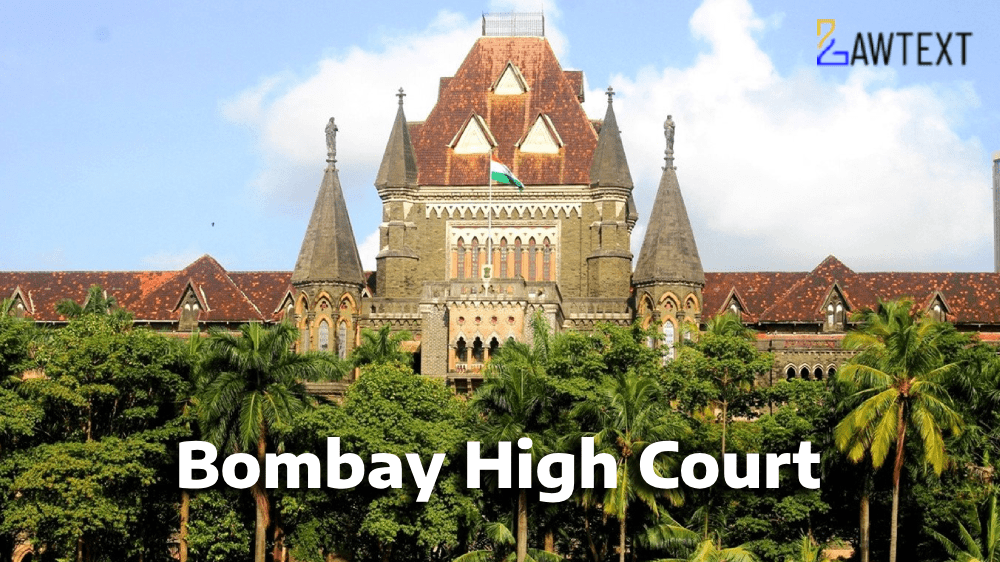

A legal challenge by GATIWEB against Clause No.10 of a Maharashtra Government Resolution (GR) regarding salary disbursement in aided technical institutions. GATIWEB argues that the clause, implementing HTE-Sevarth Pranali, reduces employee salary entitlement arbitrarily. The court ultimately upholds the legality of Clause No.10, citing historical policies and the state's discretion in grant-in-aid disbursement.
Background and Petitioner's Argument
Petitioner's Contention
Government's Response
Legal Arguments
Court's Analysis and Conclusion
Citation: 2024 Lawtext (BOM) (6) 104
Case Number: WRIT PETITION NO.10874 OF 2017
Date of Decision: 2024-06-10
Case Title: Government Aided Technical Institutes Employees Welfare Board (GATIWEB), Through its Secretary Versus State of Maharashtra Ors.
Before Judge: SMT. VIBHA KANKANWADI AND S. G. CHAPALGAONKAR, JJ.
Advocate(s): Mr. V. D. Hon, Senior Advocate i/by Mr. A. V. Hon, Advocate for the Petitioner. Mr. P. S. Patil, Addl. GP for Respondent Nos.1 and 2., Mr. S. S. Rathi, Advocate for Respondent Nos.4, 6, 10, 12, 16, 18, 20, 22, 24, 26, 28, 30, 32, 34, 38, 42, 44 and 46. Mr. Rajendra Deshmukh, Senior Advocate a/w Mr. Joy Veer i/by Mr. A. P. Bakkad, Advocate for Respondent Nos.5, 7, 9, 15, 17, 19, 21, 23, 25, 27, 29, 31, 33, 37, 39, 41 and 45. Mr. A. R. Joshi, Advocate for Respondent No.35.
Appellant: Government Aided Technical Institutes Employees Welfare Board (GATIWEB), Through its Secretary
Respondent: State of Maharashtra Ors.